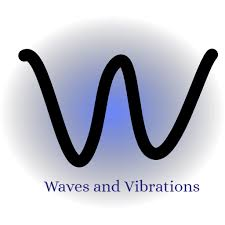Onde et vibration

In this course we will understand what a vibration is ?
Many physical systems vibrate or oscillate when something disrupts their equilibrium. Think of what happens when you pull a mass attached to a spring or push a pendulum in a certain direction. The mass bounces up and down. The pendulum swing back and forth. But even these simple phenomena can respond in complicated and counter-intuitive ways when subjected to forces known in physics as damping and driving. Combining several pendulums or springs can lead to even more unexpected motions. In this course you will see how physics can describe these motions mathematically.
Extended physical systems that have been made to vibrate, like the speakers of a hi-fi system, cannot return to their state of equilibrium without exerting forces on the area around them. These forces then lead to the phenomenon of waves, disturbances that propagate through a medium, i.e. a sound wave that propagate through the medium of air.
Among the most fascinating phenomena examined in the course are electromagnetic (EM) waves. EM waves have many properties similar to the waves we experience in every day life, but the underlying physics of EM waves is profoundly different. Instead of a local disturbance exerting a force on adjoining regions, changing magnetic fields create electric fields (as quantified by Faraday’s law), and electric field create magnetic fields (as quantified by Maxwell’s extension of Ampere’s law).
- Enseignant: Mehdaoui Lakhdar
